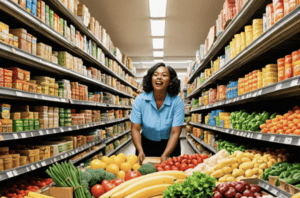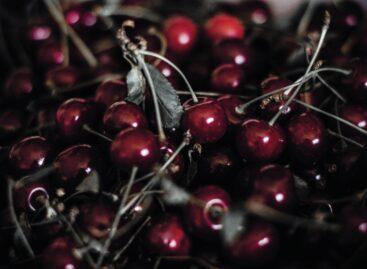Frost hits Hungarian orchards – season starts with price hike and supply shortage
As May marks the last month of spring and the start of the summer fruit season, consumers in Hungary are greeted with rising prices and a potential shortage of local fruit. Popular choices such as strawberries, cherries, raspberries, melons, and apples remain in high demand, but a devastating frost earlier this spring has put serious pressure on domestic fruit production.
Severe April Frost Destroys Majority of Blossoming Orchards

In early April 2025, nighttime temperatures plummeted to -6 to -8 degrees Celsius, causing widespread damage to flowering orchards across the country. According to FruitVeB (Hungarian Interprofessional Organization for Fruit and Vegetables), up to 80% of fruit-growing areas were affected by the cold snap, with the worst damage occurring on the nights of April 7–8.
The most severely hit were stone fruits – such as apricots, sour cherries, cherries, and plums – but significant losses were also reported in apple, pear, and quince orchards. As a result, the domestic harvest is expected to drop sharply, which will likely lead to higher prices and an increase in fruit imports in the coming months.
Soaring Strawberry Prices, Rising Costs for Other Popular Fruits
Fruit lovers are already seeing the impact of the frost and energy-intensive production costs at the checkout. Last year, strawberries caused a stir when they were sold at 8,000 HUF/kg, mainly due to their greenhouse origin. This year, prices have decreased slightly with the arrival of open-field harvests, but remain high:
-
Strawberries: Lidl – 2,000 HUF/kg, Aldi – 2,400 HUF/kg, Auchan – 3,000 HUF/kg, Tesco & Spar – 3,500 HUF/kg
-
Apples (Idared): Aldi – 500 HUF/kg, other major retailers – 750 HUF/kg
-
Bananas: Tesco, Lidl, Aldi, Penny – 700 HUF/kg, Auchan – 750 HUF/kg
-
Lemons: Lidl – 700 HUF/kg, Auchan & Tesco – 800 HUF/kg, Aldi – 900 HUF/kg, Penny – 1,000 HUF/kg
Domestic Supply Faces Uncertainty
Experts warn that meeting domestic demand could be a challenge this year, especially for varieties that suffered severe frost damage during flowering. With increasingly unpredictable weather conditions, extreme events like spring frosts are likely to become more frequent, requiring adaptation across the entire supply chain.
In the short term, Hungarian consumers should prepare for limited availability and elevated prices throughout the fruit season – at least until local production stabilizes and new, climate-resilient solutions are implemented.
Related news
Inflation in Italy accelerated to 1.7 percent in June
In Italy, consumer prices rose by 1.7 percent year-on-year in…
Read more >Europe’s breadbasket could become a desert
Spain has become Europe’s leading producer of fruit and vegetables,…
Read more >Hungarian sour cherries in unprecedented crisis: the fruit could become a luxury item
The Hungarian fruit market, especially the sour cherry sector, has…
Read more >Related news
What makes us add the product to the cart – research
The latest joint research by PwC and Publicis Groupe Hungary…
Read more >Energy drinks are now legal: what every shopkeeper should know
New regulations on the sale of energy drinks came into…
Read more >Tens of millions with one opening tab – the biggest prize draw in XIXO history has started
This summer, XIXO is preparing for a bigger launch than…
Read more >






